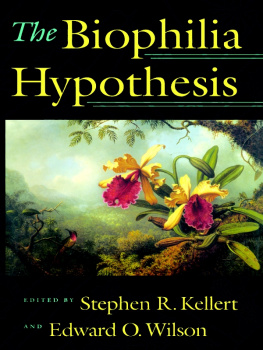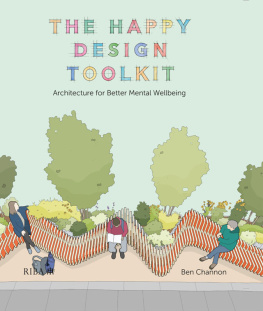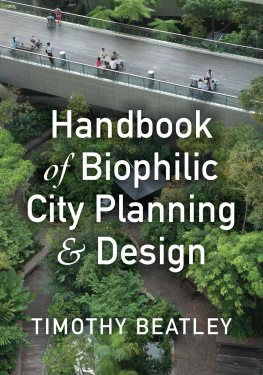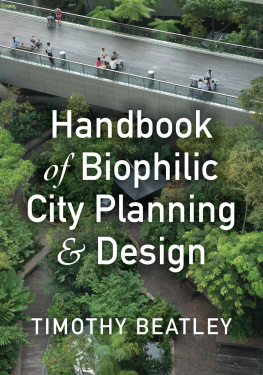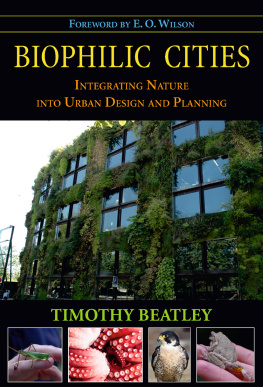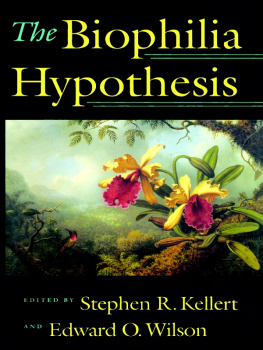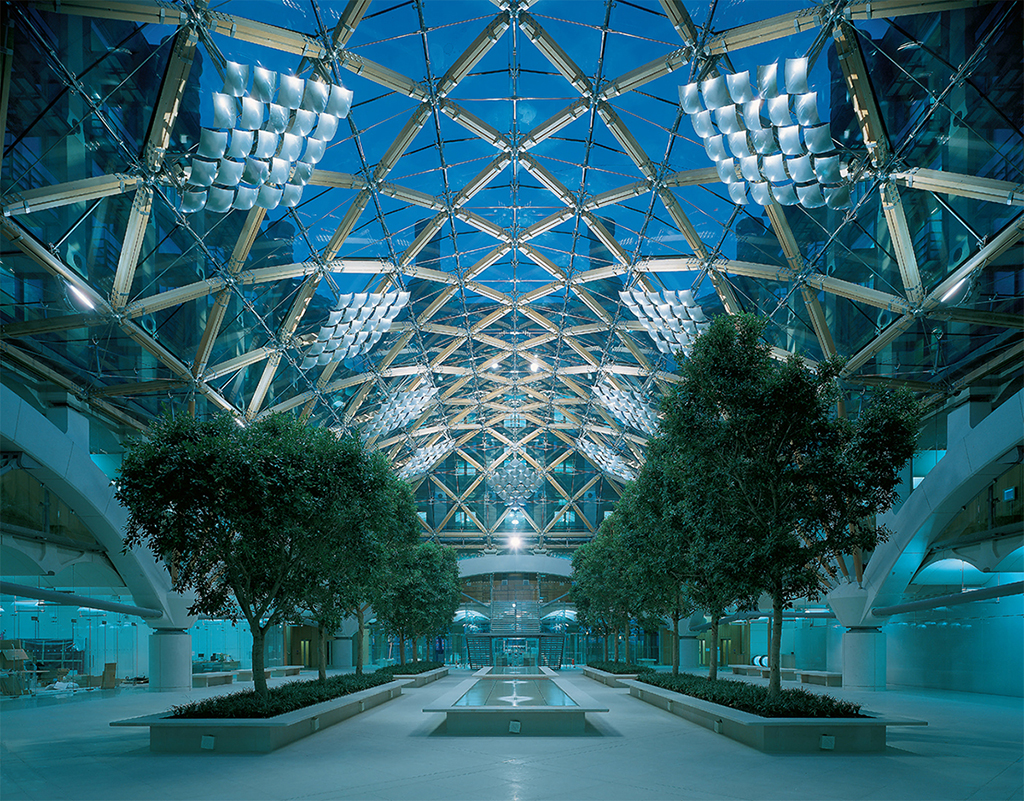Stephen R. Kellert - Nature by Design: The Practice of Biophilic Design
Here you can read online Stephen R. Kellert - Nature by Design: The Practice of Biophilic Design full text of the book (entire story) in english for free. Download pdf and epub, get meaning, cover and reviews about this ebook. year: 2018, publisher: Yale University Press, genre: Romance novel. Description of the work, (preface) as well as reviews are available. Best literature library LitArk.com created for fans of good reading and offers a wide selection of genres:
Romance novel
Science fiction
Adventure
Detective
Science
History
Home and family
Prose
Art
Politics
Computer
Non-fiction
Religion
Business
Children
Humor
Choose a favorite category and find really read worthwhile books. Enjoy immersion in the world of imagination, feel the emotions of the characters or learn something new for yourself, make an fascinating discovery.

- Book:Nature by Design: The Practice of Biophilic Design
- Author:
- Publisher:Yale University Press
- Genre:
- Year:2018
- Rating:5 / 5
- Favourites:Add to favourites
- Your mark:
Nature by Design: The Practice of Biophilic Design: summary, description and annotation
We offer to read an annotation, description, summary or preface (depends on what the author of the book "Nature by Design: The Practice of Biophilic Design" wrote himself). If you haven't found the necessary information about the book — write in the comments, we will try to find it.
In this sweeping examination, Stephen Kellert describes the basic principles, practices, and options for successfully implementing biophilic design. He shows us what isand isntgood biophilic design using examples of workplaces, healthcare facilities, schools, commercial centers, religious structures, and hospitality settings. This book will to appeal to architects, designers, engineers, scholars of human evolutionary biology, andwith more than one hundred striking images of designsanyone interested in natureinspired spaces.
Stephen R. Kellert: author's other books
Who wrote Nature by Design: The Practice of Biophilic Design? Find out the surname, the name of the author of the book and a list of all author's works by series.

